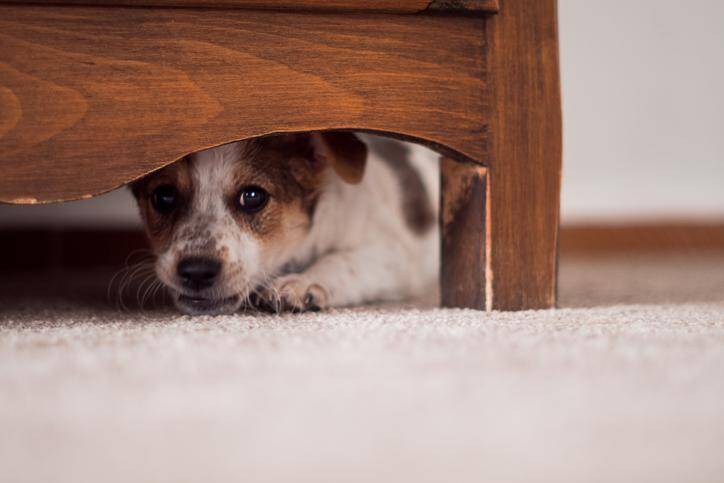
Understanding the causes and signs of anxiety in dogs is crucial for providing them with the care and support they need. Dogs, like humans, can experience anxiety, and being attuned to their emotional well-being is essential. Let's delve into the causes of anxiety in dogs and how to recognize it:
Common Causes of Anxiety in Dogs:
-
Separation Anxiety: This occurs when dogs become distressed when separated from their owners. Symptoms may include excessive barking, destructive behavior, and house soiling.
-
Car Travel: Some dogs experience anxiety during car rides due to motion sickness or unfamiliar environments.
-
Moving House: A change in their living environment can be stressful for dogs. They may feel disoriented or anxious in a new location.
-
New Additions or Visitors: The arrival of a new baby, unfamiliar visitors, or guests in the home can trigger anxiety in dogs.
-
Construction or Renovation Work: Loud noises and changes in the home environment during construction or renovation can cause stress in dogs.
-
Veterinary Visits and Hospitalization: Dogs may feel anxious during vet visits or after returning from a hospital stay due to unfamiliar surroundings and medical procedures.
-
Hectic or Noisy Events: Events like Christmas, fireworks, thunderstorms, and parties with loud noises and unusual activities can be anxiety-inducing for dogs.
-
Changes in Routine: Dogs thrive on routine, so any significant changes, such as new job routines or pet sitters, can lead to anxiety.
Less Obvious Causes: For some dogs, anxiety may be less obvious and could be related to their temperament, genetics, or past negative experiences. These cases may require a deeper understanding of the individual dog's history and behavior.
Recognizing Signs of Anxiety in Dogs:
- Restlessness or pacing
- Excessive panting or drooling
- Excessive barking or whining
- Destructive behavior, like chewing furniture or digging
- House soiling, even when previously house-trained
- Hiding or seeking excessive attention
- Changes in appetite, either eating more or less
- Trembling or shivering
- Excessive grooming or self-mutilation
- Aggressive behavior
- Tail-tucking or lowered body posture
It's important to note that the signs of anxiety can vary from one dog to another. Recognizing these signs early and seeking help from a veterinarian or professional dog trainer is vital. There are various strategies and treatments available to help dogs manage anxiety, including behavior modification, training, and medication in severe cases.
Your awareness of your dog's emotional state and any triggers for anxiety is a testament to your dedication as a dog owner. If you have any specific questions about managing anxiety in dogs or want more information on this topic, feel free to ask!
Add comment
Comments